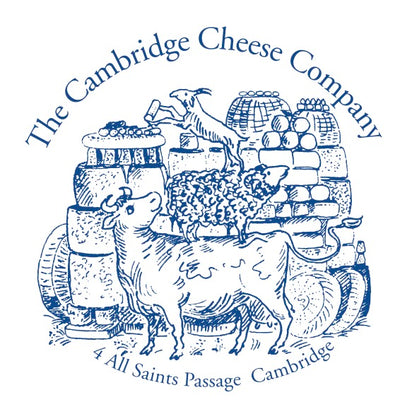The first historical mention of Roquefort was in AD 79 and it became a protected cheese in 1411. The cheese can only be made in the area surrounding Roquefort-sur-Soulzon (in Southern France) with Lacaune sheep milk. They produce significantly more milk than other breeds and this helps to create an intense, powerfully flavoured cheese.
Legend says that the discovery of Roquefort happened when a shepherd was eating his lunch of bread and ewe’s milk cheese by a nearby cave but got distracted by a beautiful girl in the distance. He abandoned his lunch and ran to her, forgetting all about it. When he returned to the cave, a number of months later, the Penicillium mould, found in the soil of the local caves, had turned his cheese blue.
Roquefort Papillon is small production and artisan made - this allows a better control over the milk and process. The brand was created in 1906 and the cheesemakers continue to work closely with the breeders of the Lacaune sheep, whose milk goes into every cheese, to ensure consistent and exceptional quality. The makers even extract their own Penicillium Roqueforti from rye bread which is baked in house and left in the caves. The cheeses are then matured in the moist, cool and breezy Combalou caves near Roquefort.


